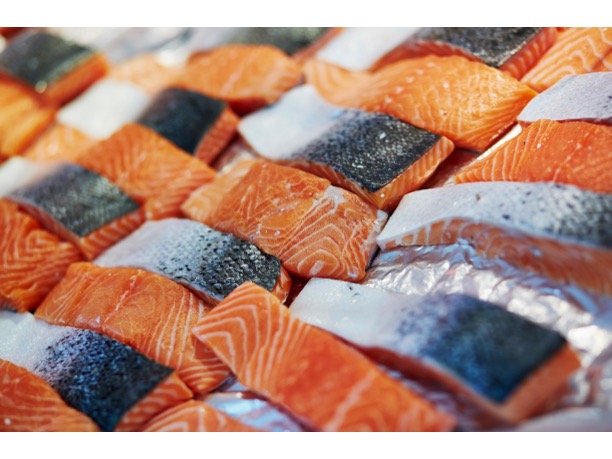


Calories count. Aquaculture makes them truly add up.

It’s Seafood Month-Here are some reasons to eat a fish

To Secure Aquaculture’s Future We Must Ensure Fish Feeds Are Sustainably Produced
The next 20 years are, possibly, the most important in the history of agriculture. To feed our growing population agriculture must produce more and do it with fewer inputs. Of all the animals grown for food, fish, by far, make the smallest demand on input resources. Still in all, as aquaculture expands we need to ensure fish diets come from the most sustainable sources.
Good Sense Takes A Few Days Off In The Washington State Senate
Last week Washington State’s Senate voted to ban Atlantic salmon by 2025. This is in response to the escape of Atlantic salmon from a Cooke Aquaculture farm site. The action is over-zealous and out of proportion to the potential harm the escaped fish might bring.

Eat a (Farmed) Fish, Save the Planet
Aquaculture can take us toward a more sustainable and hopeful food future.
Changes in the world’s population and demographics mean we need to double food production in the next 25 years. Our current agricultural systems aren’t poised to deliver what we need. Fish farming with its unmatched productivity and extraordinary resource frugality offers the step change to agriculture the planet needs.

On GM foods, part 4: Genetically Engineered Farm Animals
This concludes my series on genetic engineering in agriculture. Today’s focus is on genetically engineered farm animals.

The role of genetic engineering in delivering what we want from our agricultural systems
For years, focus on the technology of genetic engineering in agriculture has overshadowed by a discussion about the results of its use. It’s time to flip our attention and state what we want from agriculture. Then, we can decide whether genetic engineering delivers the goods or not.

On GM foods, part 2: Let’s talk about what truly matters
With a focus on processes rather than products, discussions of genetically engineered foods miss the mark. Here’s how we can change those discussion for the better.

Where Will We Get Our Omega-3s?
We hear all the time about omega 3 fatty acids and how they are important they are for our health. Two of the three omega 3s essential to human health are made only by marine organisms. Unfortunately, their supply is limited and can’t be increased. As our population increases, we face expanding demand that can’t be met as things stand now. Starting this month, a group of researchers in England will do an on-farm trial of an oilseed crop they engineered to produce one of the two marine omega 3s—EPA.